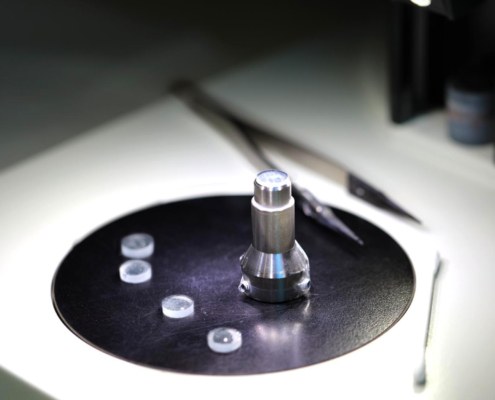Optomechanical Design Considerations
Designing high-performance optomechanical systems is a delicate balance between optics and mechanical engineering principles. To achieve systems that provide the desired function while also being robust, reliable, and manufacturable, designers must pay close attention to a number of critical considerations. In this article, we’ll explore the intricate dance between light and mechanics, taking a closer look at how stability, precision, and ease of manufacturing can be ensured in the complex realm of optomechanical design.









